Henri Lebasque (1861-1944)
Get a Lebasque Certificate of Authenticity for your painting (COA) for your Lebasque drawing.
For all your Lebasque artworks you need a Certificate of Authenticity (COA) in order to sell, to insure or to donate for a tax deduction.
Getting a Lebasque Certificate of Authenticity (COA) is easy. Just send us photos and dimensions and tell us what you know about the origin or history of your Lebasque painting or drawing.
If you want to sell your Lebasque painting or drawing use our selling services. We offer Lebasque selling help, selling advice, private treaty sales and full brokerage.
We have been authenticating Lebasque and issuing certificates of authenticity since 2002. We are recognized Lebasque experts and Lebasque certified appraisers. We issue COAs and appraisals for all Lebasque artworks.
Our Lebasque paintings and drawings authentications are accepted and respected worldwide.
Each COA is backed by in-depth research and analysis authentication reports.
The Lebasque certificates of authenticity we issue are based on solid, reliable and fully referenced art investigations, authentication research, analytical work and forensic studies.
We are available to examine your Lebasque painting or drawing anywhere in the world.
You will generally receive your certificates of authenticity and authentication report within two weeks. Some complicated cases with difficult to research Lebasque paintings or drawings take longer.
Our clients include Lebasque collectors, investors, tax authorities, insurance adjusters, appraisers, valuers, auctioneers, Federal agencies and many law firms.
We perform Henri Lebasque art authentication, appraisal, certificates of authenticity (COA), analysis, research, scientific tests, full art authentications. We will help you sell your Henri Lebasque or we will sell it for you.
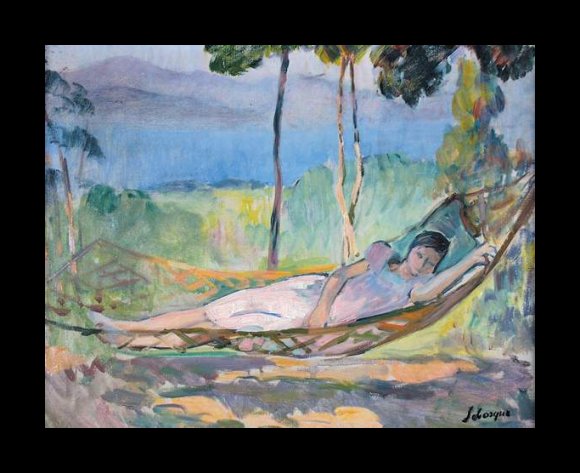
Henri Lebasque was considered to be a painter of the “joy and light”, and painted in an Expressionist style. He was born in Champaigne, France and was a student of Leon Bonnat as well as Humbert. He attended the School of Fine Arts in Angers in 1886. Lebasque was also a founder of the “Nabis” group, and created an individualistic style of painting the good life that was all his own.
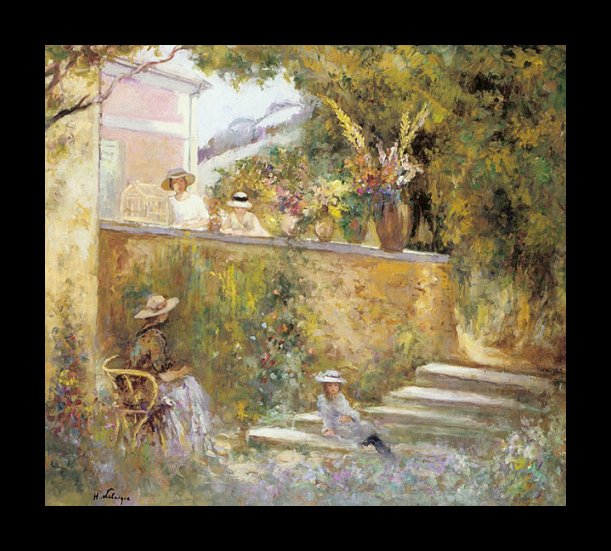
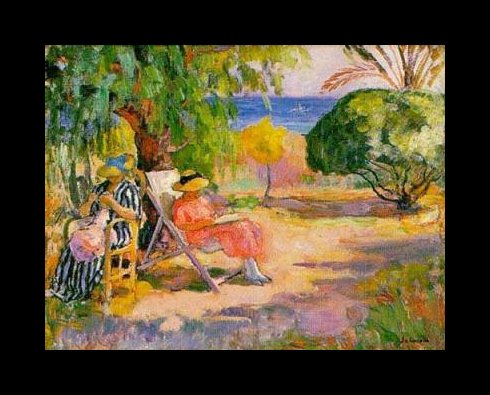
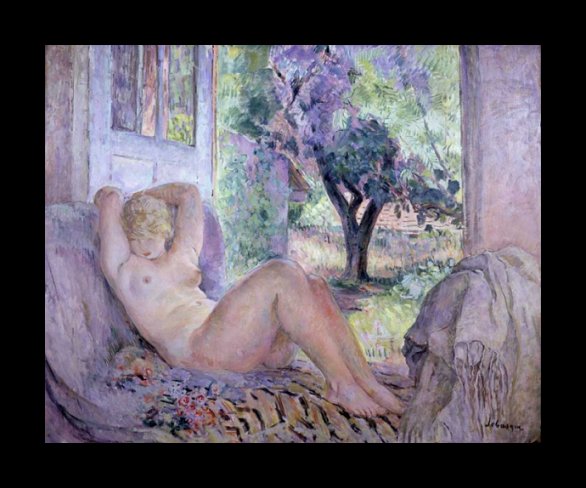
Lebasque liked to use his family members as models for portraits and as figures in his light dappled landscapes and garden scenes.


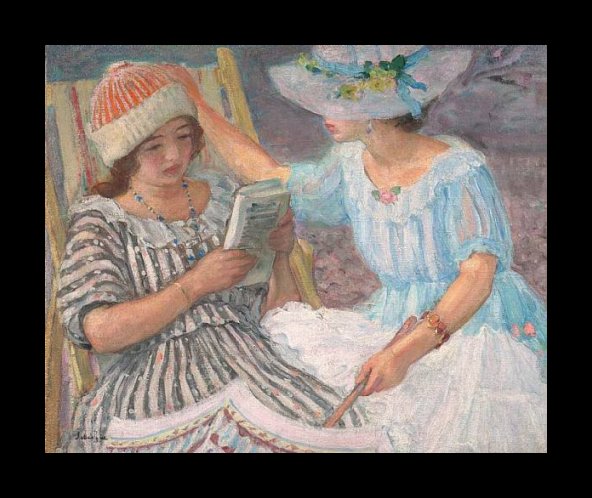
He would typically sign his work “H. Lebasque” in cursive on the front of his canvas. His association with Seurat and Signac, who taught him the importance of light and color, influenced Lebasque’s style heavily. Figures in his paintings usually bear the same stylized features, and his paintings usually featured interiors, gardens and leisurely scenes.

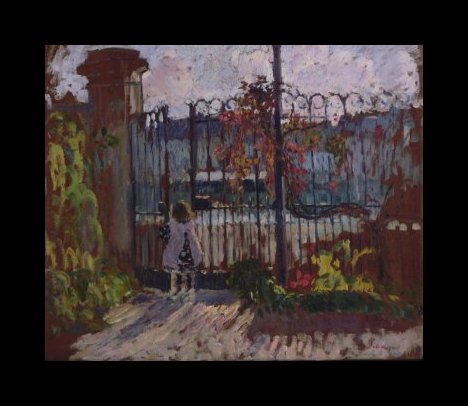
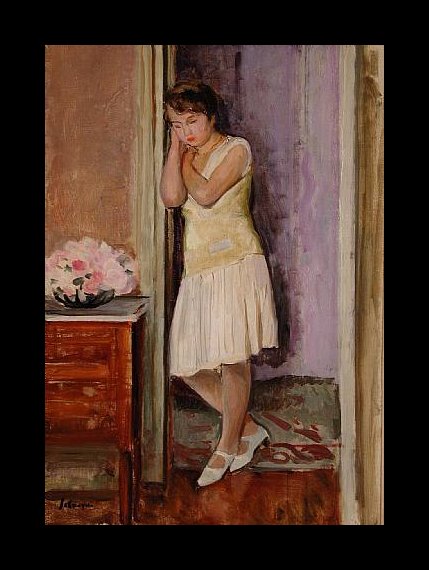
Lebasque exhibited with the Salon des Independents for the first time in 1896, and met Luce and Signac, who introduced him to Pointillism. Along with his fellow painter and friend Matisse, Lebasque also helped to form the Salon d’Automne in 1903. His work would also be later compared to another group that was founded during this time, the Fauves or “the beasts” because of his use of thick and heavy brush strokes. However, critics who did not appreciate the work of the Fauves during that time were more drawn to Lebasque for his more sophisticated approach to this wild style.
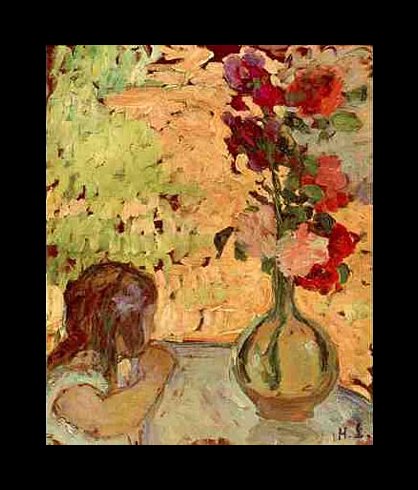
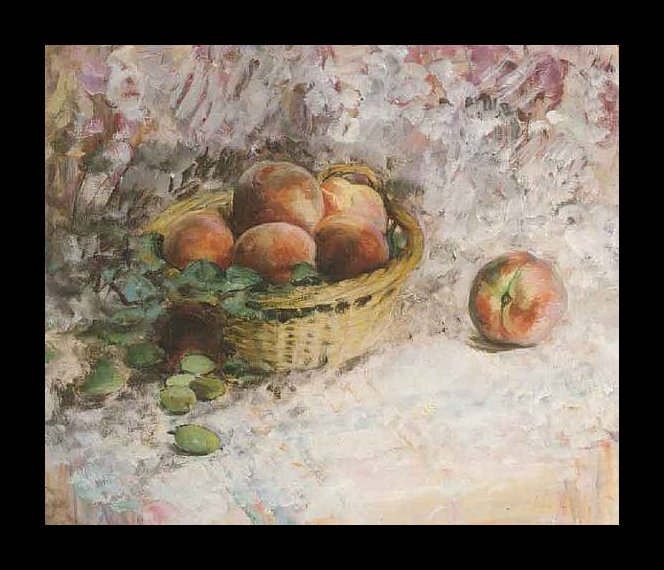
Lebasque continued to paint right up until his death, and today his work is housed in museums all over France and around the world. Though his name does not ring as familiar today as Matisse, Pissaro and his other contemporaries, Lebasque was hailed in his lifetime as being creative and individualistic. Still wondering about an Expressionist garden scene hanging in your home? It may be by Henri Lebasque. Contact us to find out.
Reviews
1,217 global ratings
5 Star
4 Star
3 Star
2 Star
1 Star
Your evaluation is very important to us. Thank you.
